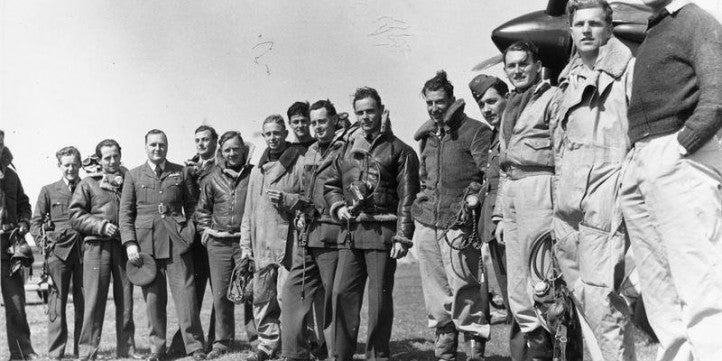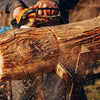The History of Workwear

The history of workwear is long and varied. In the distant past, there were just three professions in which it was necessary to wear a uniform of sorts, and when they began they were more vocations than occupations; royalty, religion and defence.
Differentiation
Civilisations as early as the ancient Egyptians, Greeks, Romans and prehistoric tribes used uniform as a way of separating and identifying their priestesses and priests. Religion was an indication of status during these times, and it was a lifelong profession that required special treatment, dedication and sacrifice.
Similarly, the garb of royalty, though luxuriant and opulent, was utilitarian in its function as a way of identifying a high ranking member of society. Royal fashions were usually made from the best, most expensive materials by the most skilled workers and were as talked about and lusted after by their royal highnesses’ subjects as they are today.
Today, workwear is used to differentiate and communicate exactly what job a person might have or who their employer might be, as well as protect the employee from workplace hazards. You’d be able to tell an ambulance worker from a Costa Coffee employee easily just from their workwear, as certain brands and certain jobs associate themselves with colours, accessories and logos.
Protection
Way back when, the first true uniforms produced en masse were for the army. In the very early days of warfare all over the world, battles were waged while warriors wore protective materials handcrafted from natural materials such as metal, clay, wood or leather.
Through the ages, army uniforms of all countries tell a multitude of stories, from the clothing manufacturing process, to the weaponry of the time, as well as the jobs these soldiers would do. Today we owe lots of modern day fashions to these changing military landscapes.



Today, lots of technology and money has gone into creating protective workwear. Depending on whether you need to be seen to be protected, such as road workers, protected from damage, such as police officers and construction workers or from the harmful materials you work with such as chemists, workwear for protection has a long and extensive history.
Unity
If there’s one thing that uniform has always represented, no matter what it was used for throughout the ages, it’s unity. A pharaoh’s robes told his or her visitors of their wealth, power, status and that they commanded respect, and those that shared that wealth, power and status were also worthy of respect. A soldier’s uniform identified them as kin to those fighting alongside them.
Today, uniforms give that same sense of unity to the wearer. From the Brownies, to football clubs, to schools; the shape, colour, fit and design of a uniform can make a person feel like a part of a whole.
In the same way, workwear has grown to help us identify our peers and ensure a sense of unity while also offering protection and peace of mind. We see this unity in places such as hospitals, where there are hundreds of staff all doing different jobs for the same goal; patient care. Yet their workwear helps them all feel united, even if it’s something as small as embroidery on the chest or an emblem on a pin.





